Surviving Storm Season: Essential Tips
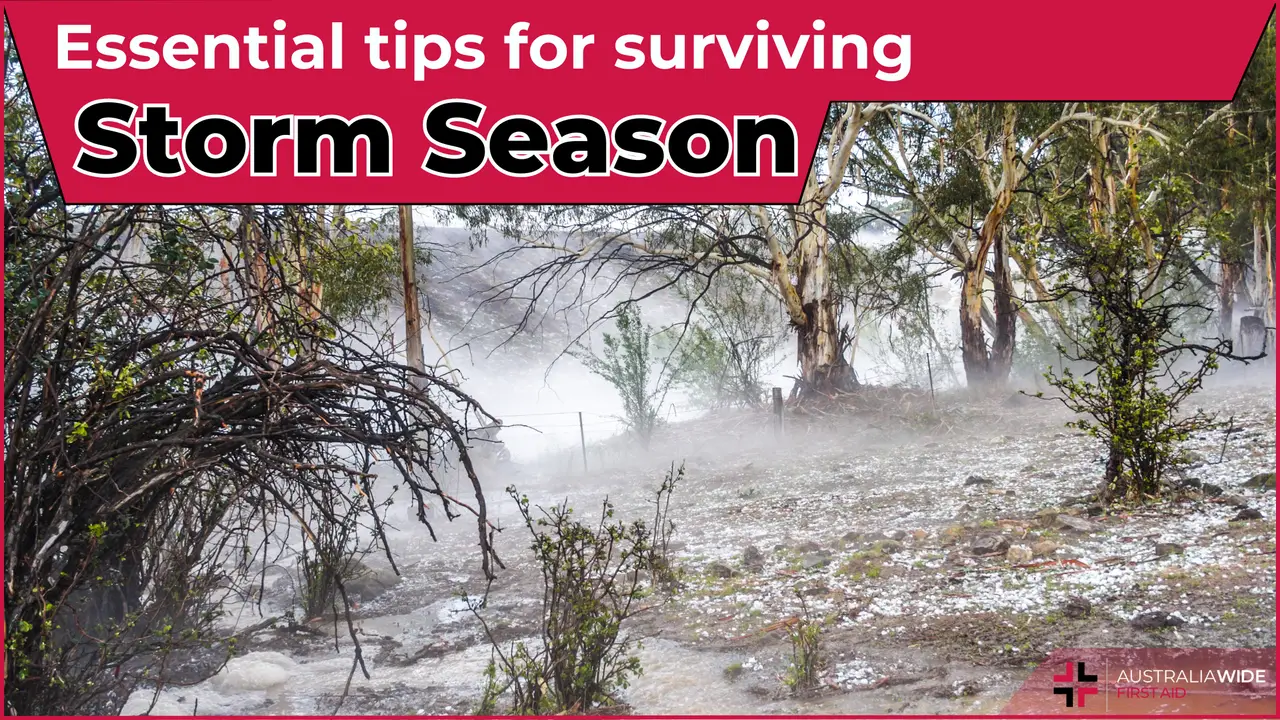

Severe storms vary in intensity and can develop quickly, sometimes with little warning. In Australia, they are most common during the warmer months, when the combination of high temperatures and humidity can create unstable atmospheric conditions conducive to storm formation.
Storms in Australia typically result in high winds, intense rainfall, and even flooding. Hail, sometimes as large as golf balls, can cause extensive damage to roofs, cars, and gardens. Tornadoes, though less common, have been known to occur, especially in parts of Queensland and northern New South Wales.
A plethora of injuries is possible in any storm – from cuts and crush injuries from falling objects, sustaining infections from flood waters, soft tissue injuries caused by hail, to electrocution or even drowning.
The risks posed by these storms go beyond immediate physical harm. Power outages, road closures, and disruptions to essential services can leave communities isolated, sometimes for days. This is why preparedness is essential.
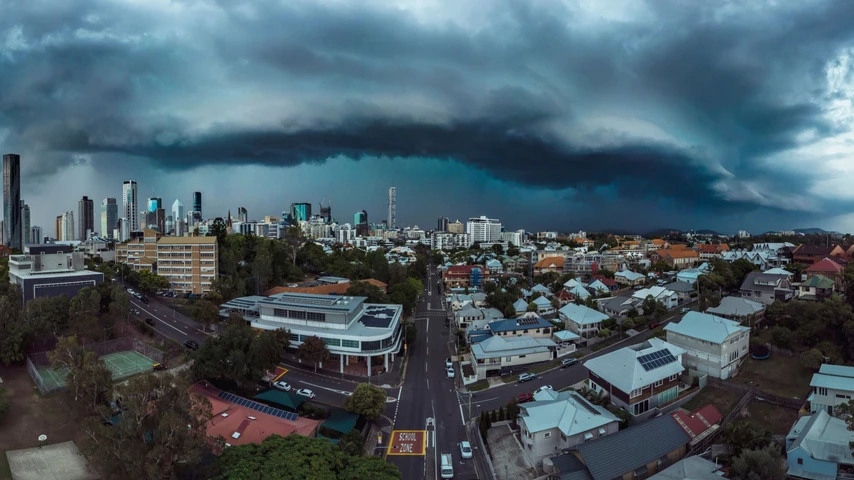
Proper preparation can significantly reduce the risks posed by severe storms. A key aspect of storm preparedness is assembling an emergency kit that can help sustain you and your family during and after the storm.
Here are some items you should include:
Once your emergency kit is prepared and stored appropriately, take steps to storm-proof your home. This involves trimming any overhanging branches or dead trees around your property, clearing your gutters and downpipes to prevent water damage, and ensuring your roof is in good condition. Securing outdoor furniture and loose objects in your yard can also prevent these items from becoming dangerous projectiles during high winds.
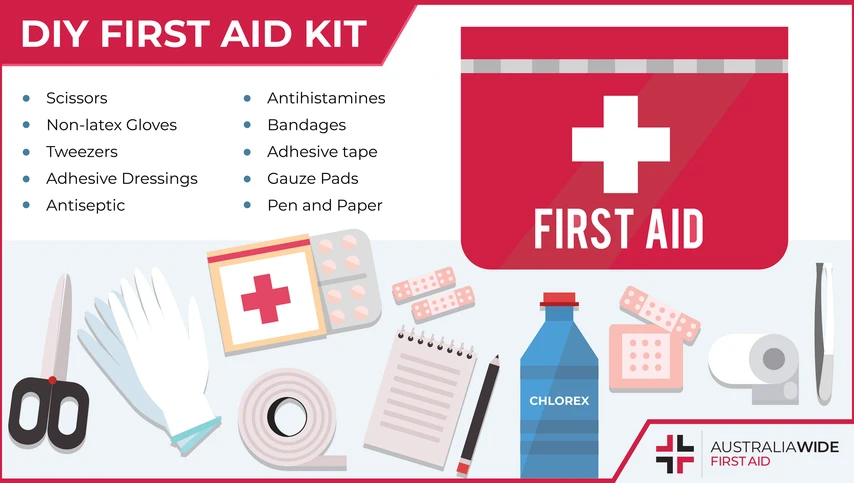
When a storm hits, your first priority is to ensure you are in a safe location. Always seek shelter in a sturdy building. Stay indoors and move to a part of the house that is away from windows, such as a bathroom, hallway, or basement if you have one. Flying debris from broken windows can pose a significant hazard during severe storms, particularly when strong winds are involved.
It is also important to avoid using electrical appliances or plumbing during a storm, as lightning can travel through wiring and pipes, leading to electrical shocks. Stick to battery-operated devices for communication and updates. If you are caught outdoors when the storm hits, seek shelter in a vehicle or a solid structure as quickly as possible. Avoid open spaces, tall objects such as trees, and bodies of water, as these can attract lightning.
If authorities issue an evacuation order, follow it immediately. Your emergency kit should be easy to grab as you leave, ensuring you have the essentials you need if you are forced to stay elsewhere for a period of time. Roads may be blocked by debris, so it’s crucial to evacuate early and avoid unnecessary risks.
Deal with any injuries as soon as possible, but be aware that emergency services may not be able to reach you until after the storm has passed. Keep your first aid kit with you during the storm, and only use clean water or sterile solution to rinse wounds.
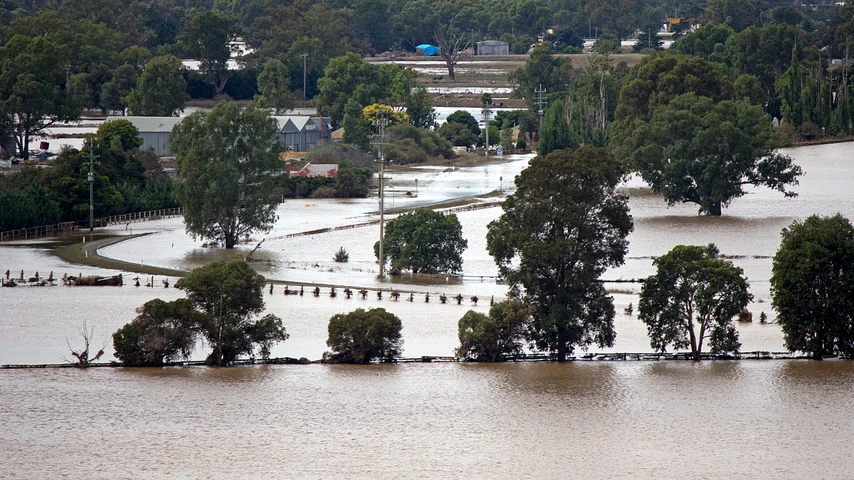
The danger does not necessarily end once the storm has passed. The aftermath of a severe storm can present its own challenges, including fallen trees, power outages, and downed power lines. Be cautious when stepping outside, and avoid any contact with power lines or flooded areas, as these can still pose significant hazards.
In some cases, storms can cause structural damage to homes. Before re-entering your house, inspect it for any obvious signs of damage, such as cracks in the walls, weakened ceilings, or electrical issues. If your home has sustained significant damage, it may not be safe to stay there until repairs are made.
For those who live in flood-prone areas, it’s particularly important to be aware of the risks associated with flash flooding. Even after the rain has stopped, floodwaters can continue to rise. Never attempt to drive through floodwaters, as the depth and speed of the water can be deceptive, and vehicles can easily be swept away. In fact, as little as 30 centimetres of water can cause most vehicles to lose control or stall.
While human safety is always the top priority, it’s also worth considering how you can protect your home and property from storm damage. Some preventative measures include:
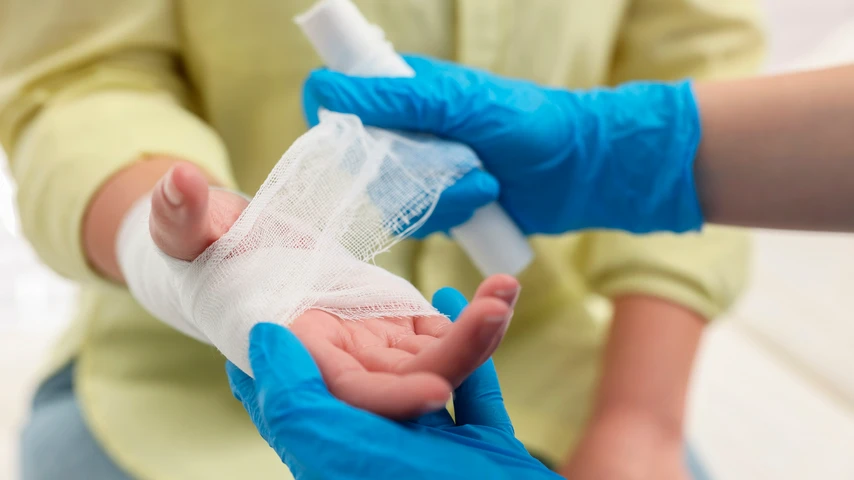
Knowing basic first aid is invaluable during a severe storm. Injuries from flying debris, falls, or other accidents can happen in the chaos of the storm, and quick first aid can make a big difference in these situations.
Some key first aid tips include:
If you are not confident in your first aid skills, consider enrolling in a CPR or First Aid training course through Australia Wide First Aid. These courses provide hands-on training that can help you respond effectively in emergencies.
Severe storms are a fact of life in many parts of Australia, but by being prepared and knowing how to respond, you can reduce the risks to yourself, your family, and your property. Building an emergency kit, storm-proofing your home, and staying informed during a storm are essential steps to ensure safety. Remember, preparation can make all the difference, so take the time to get ready before storm season arrives.
For further advice and to ensure you are equipped with life-saving skills, consider enrolling in one of our first aid courses. Your safety, and that of your loved ones, is worth the effort.
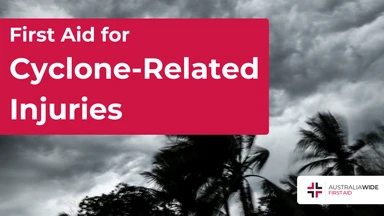
March 3, 2025
Injuries during cyclones often result from flying debris, collapsing structures, and flooding. Knowing basic first aid can help prevent further harm while waiting for emergency services.
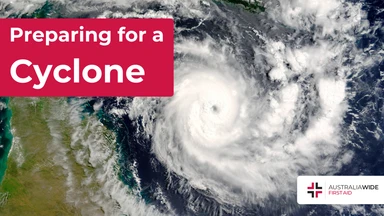
March 3, 2025
If a cyclone makes landfall, meaning that it crosses from the sea onto land while still being strong enough to be classified as a cyclone, the damage it can cause can be disastrous. Preparation is key to minimising the risks associated with cyclones. The damaging weather can last for days, exacerbating risks as hazards intensify.

November 1, 2024
Severe storms are a common and dangerous occurrence in Australia, particularly in regions like Queensland. These storms can bring large hail, damaging winds, heavy rain, and occasionally tornadoes, all of which can put both people and property at risk. Preparing for and responding to severe storms effectively is key to ensuring safety.